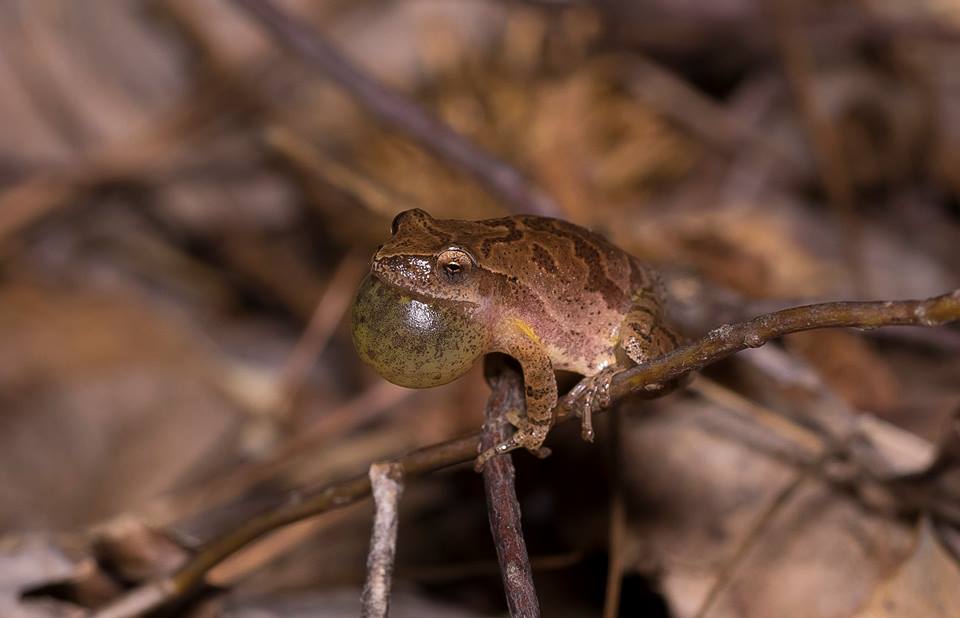This summer we’d like to encourage you to get out and photograph amphibians while on vacation or near home, even in your own backyard! The beauty of photographing frogs and other amphibians is that you don’t have to go on a safari or travel to someplace exotic to photograph them.
Here are a few tips from the book Frogs: A Chorus of Colors by John and Deborah Behler, which has a chapter on photographing these well-camouflaged creatures:
• Try to learn about the animal first. What is its habitat? When are they active?
• Walk slowly and stop frequently [it helps to have someone with you who is less than 3 feet tall and has sharp eyes]. Frogs and toads blend in so well that they are hard to find. Be alert for subtle movements.
• In summer, you might find the sit-and-wait frog predators hanging out on the edges of ponds and lakes.
• Be aware of the position of the sun. Avoid taking pictures at midday on bright sunny days. In the morning, face east and it will keep sunlight from coming into your lens and washing out your photos.
• Don’t necessarily put the subject in the middle of the photo. Keep the whole animal in the photo, but compose the picture so the background tells a story.
• Bracket your photos, i.e., take the same shot with different settings. Also, try taking a flash photo. Without a flash, animals in photos may look lifeless and poorly lighted.
• Try to be on the same level as your subject.
• State parks, bird sanctuaries, and wildlife refuges are good places to find amphibians.
You don’t need a fancy camera to get interesting shots. I took this photo of a spring peeper in low light with a Kodak EasyShare camera on the Flower Setting (might be called “close up” on your camera). When we were traveling in Virginia, my husband stopped the car so that we could listen to the peepers. Although peepers are often heard with their distinct high-pitched “peeps,” they are seldom seen. My son spotted the peeper below, but it took my husband and I about five minutes before we were able to see the inch-long and extremely well-camouflaged frog. Once we spotted it, the frog sat stock still for a few minutes to allow all three of us to behave like amphibian paparazzi (we took a dozen pictures before the frog had had enough and hopped off).
I think this is one of the reasons I enjoy photographing frogs: they have a survival behavior that causes them to freeze when they sense danger, in order to avoid detection from predators (unlike mammals like rabbits, deer etc, which will hop or run off long before you’ve even focused) so that it’s possible to get some great pictures of them.

spring peeper, photo by Mary Jo Rhodes
For inspiration, we recommend taking a look at the book Frog: A Photographic Portrait, a gorgeous collection of photographs by wildlife photographer Thomas Marent, who traveled to rainforests all over the world to photograph unusual amphibians. As he says, “The variety of colors, shapes, and sounds of frogs is truly spectacular, and a wildlife photographer’s dream….!”
Don’t forget to submit your best amphibian photograph to our 3rd Annual Photo Contest!

FROG: A PHOTOGRAPHIC PORTRAIT by Thomas Marent





